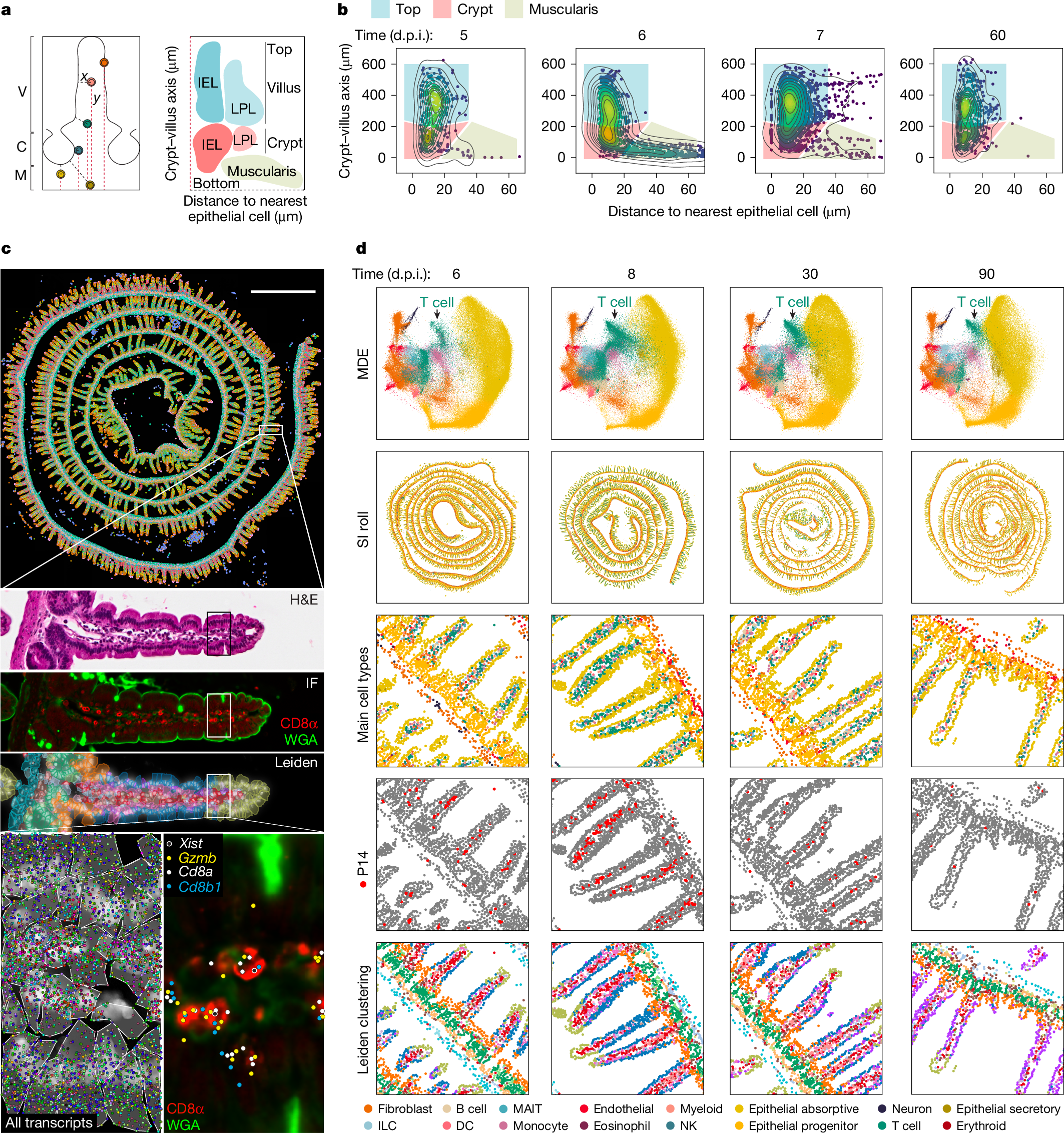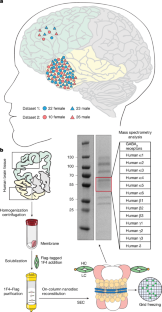025-01-22 ピッツバーグ大学
<関連情報>
- https://news.engineering.pitt.edu/neural-population-activity-is-a-one-way-highway/
- https://engineering.cmu.edu/news-events/news/2025/01/17-neural-population-activity.html
- https://www.nature.com/articles/s41593-024-01845-7
神経集団活動に対する動的制約 Dynamical constraints on neural population activity
Emily R. Oby,Alan D. Degenhart,Erinn M. Grigsby,Asma Motiwala,Nicole T. McClain,Patrick J. Marino,Byron M. Yu & Aaron P. Batista
Nature Neuroscience Published:17 January 2025
DOI:https://doi.org/10.1038/s41593-024-01845-7

Abstract
The manner in which neural activity unfolds over time is thought to be central to sensory, motor and cognitive functions in the brain. Network models have long posited that the brain’s computations involve time courses of activity that are shaped by the underlying network. A prediction from this view is that the activity time courses should be difficult to violate. We leveraged a brain–computer interface to challenge monkeys to violate the naturally occurring time courses of neural population activity that we observed in the motor cortex. This included challenging animals to traverse the natural time course of neural activity in a time-reversed manner. Animals were unable to violate the natural time courses of neural activity when directly challenged to do so. These results provide empirical support for the view that activity time courses observed in the brain indeed reflect the underlying network-level computational mechanisms that they are believed to implement.


